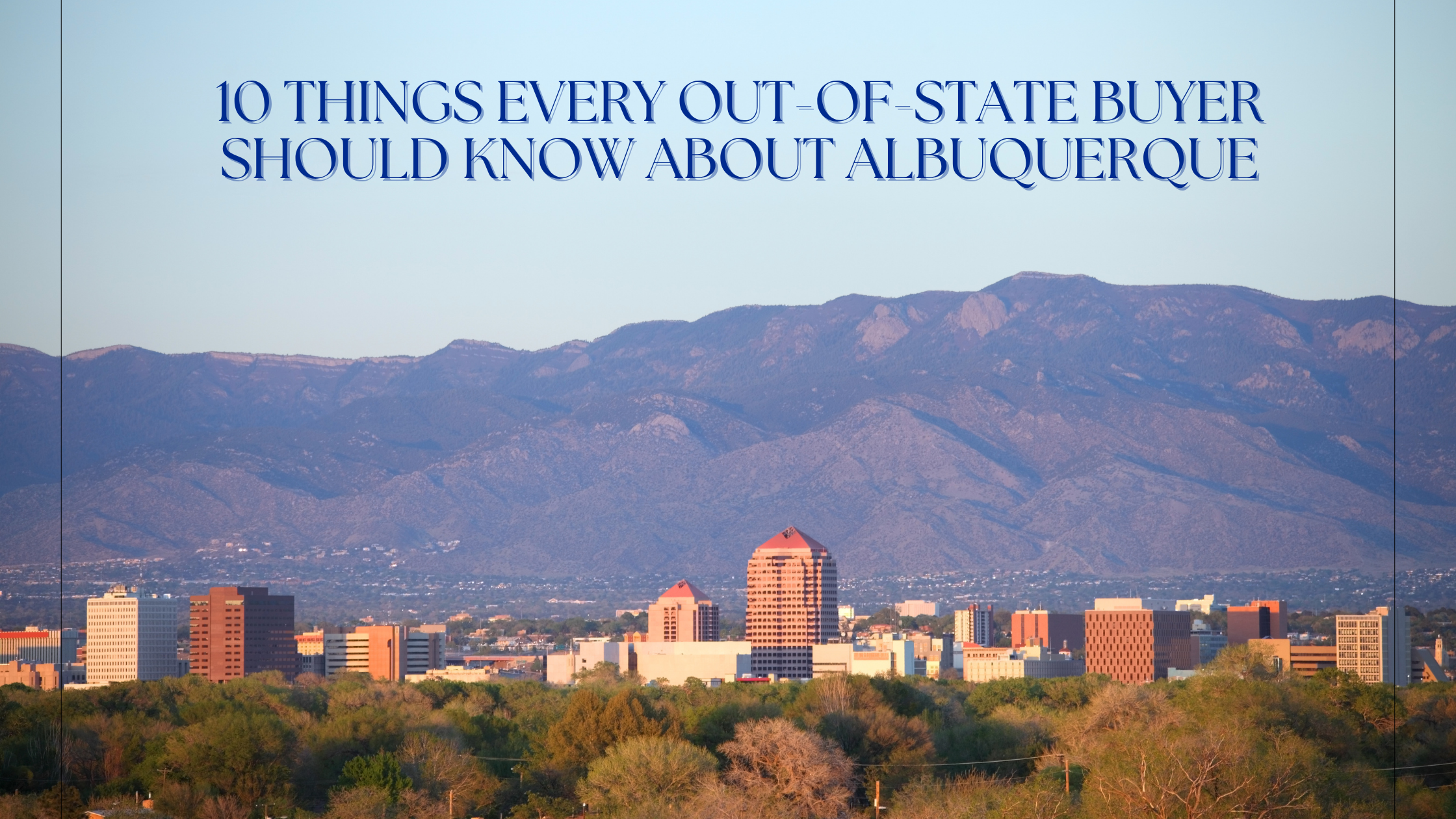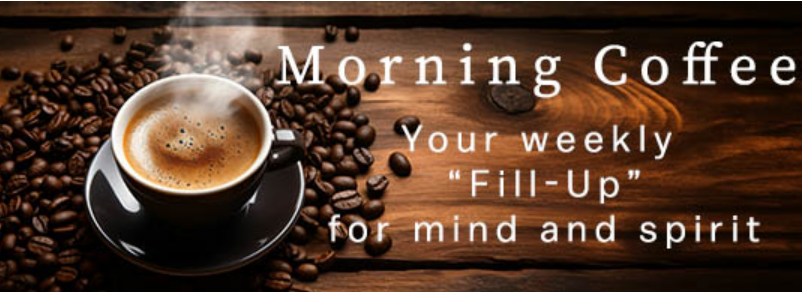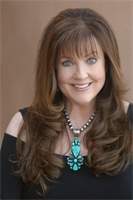10 Things Every Out-of-State Buyer Should Know About Albuquerque

Thanks for stopping by. We're the Sandi Pressley Team, and if you're relocating to Albuquerque, then you can expect to find a unique blend of affordability, culture, and Sunshine that's attracting buyers from across the country. However, if you plan to relocate to Albuquerque, there are a few things you should know. Here's the Sandi Pressley Teams Top 10 List of things to think about before moving.
1. Albuquerque has a Stable, Growing Housing Market
Albuquerque's median home price currently sits around $375,000, with year-over-year increases of approximately 3-5%. Volatility plagues many Major markets across the country, but not really Albuquerque. Albuquerque's housing market is stable and closer to national averages than other Southwestern Cities like Phoenix or Denver. We're experiencing steady, predictable growth and aren't subject to the volatility of a boom-and-bust market.
New Mexico also has one of the lowest mortgage delinquency rates in the Nation. Our delinquency rate is only 2.9%, which is below the national average of 3.5%, and foreclosures are at roughly 0.4%. We've been through many Albuquerque market cycles and believe these numbers show a healthy market with minimal downside risk. For buyers coming from overheated coastal markets, Albuquerque offers a refreshing alternative where homes appreciate without the speculative frenzy.
Three-bedroom homes have seen a 4.3% increase, and four-bedroom homes have increased 4.8% REFERENCE: Rocket, making family-sized properties robust investments. If you're waiting for a crash to buy, don't hold your breath—market fundamentals suggest continued steady growth through 2025 and beyond.
2. Albuquerque is More Affordable than Other Western Cities
With a Cost-of-Living Index of 93.1, Albuquerque is nearly 7% more affordable than the national average, according to. That median home price of $375,000? In Denver, it would be $600,000. In Phoenix, $550,000. In California? Don't even ask.
But it's not just housing. Groceries are 9.5% below the national average, utilities are 6.9% lower, and healthcare costs are 4.2% lower than in a typical American city, with an average salary of $70,000 per year. What does this mean to you? Simply put, it means your income buys you more and lasts longer here.
Suppose you're selling a home in a high-cost market and relocating to Albuquerque. In that case, you can buy a larger home outright or have significant equity left over for renovations, savings, or investments. Many out-of-state buyers discover they can upgrade their lifestyle significantly while reducing their monthly housing costs.
3. Property Taxes Require Your Attention
Bernalillo County's effective property tax rate is approximately 1.14%—higher than New Mexico's state median of 0.55% but still below the national median of 1.02% Reference: Ownwell. On a $375,000 home, expect annual property taxes around $4,275, or roughly $356 per month.
Here's where it gets interesting: Property tax rates vary significantly by zip code in Albuquerque, according to Reference: SmartAsset. The Northeast Heights might have different rates from the South Valley. If you're relocating from Texas or California, Albuquerque's property taxes are reasonable. Coming from a low-tax state? Factor this into your budget.
New Mexico is a non-disclosure state, meaning actual sale prices aren't always public. This makes accurate home valuations crucial during tax assessments. Work with your real estate professional to ensure your property assessment is fair appeal if necessary. Also, ask about available exemptions for veterans, seniors, or disabled homeowners that could reduce your tax burden.
4. Altitude is a Big Deal
At 5,312 feet above sea level, Albuquerque sits a mile high. This isn't just a trivia fact—it affects your daily life. Some newcomers experience temporary altitude adjustment, including shortness of breath during exercise, fatigue, headaches, or difficulty sleeping for the first week or two.
The altitude creates day-to-night temperature variations of up to 30°F due to the high desert environment and low humidity. A 90-degree afternoon can drop to a comfortable 60-degree evening—plan your wardrobe accordingly.
The good news? Most people acclimate within one to two weeks. Drink more water than you think you need (the dry air can compound dehydration), limit alcohol initially, avoid overexertion in your first few days, and give your body time to adjust. The altitude also means UV rays are stronger, so sunscreen becomes essential even on short walks. Once you're acclimated, many people find they have more energy and stamina than at sea level.
5. Oh, Sunshine!
Steve Martin once said, "A Day without sunshine is like, you know, night." Well, you don't have to worry about that in Albuquerque. Albuquerque averages over 310 days of Sunshine annually. Did you know that it is more than San Diego, Phoenix, or Miami? Albuquerque is also known for low humidity, a desert climate, and only 7-9 inches of annual precipitation. If you're relocating from Seattle, the Midwest, or the Northeast, prepare for a dramatic lifestyle change.
Albuquerque's monsoon season, which runs from July to August, accounts for most of our precipitation. July through August, you can expect heavy afternoon thunderstorms to dump buckets of rain in a very short time span, and when the clouds clear, you'll get to see amazing sunsets. In Winter, the city doesn't get much snow, but the Sandia Mountains do. We know everyone is familiar with the desert heat, but many people don't expect the low winter daytime temperatures, with average highs in the 40s and lows in the 50s. That said, you won't find many days when it stays below freezing all day.
This climate means year-round outdoor activities, lower heating bills, and saying goodbye to snow shoveling. However, the constant Sunshine and low humidity require adjustment: invest in quality window coverings to protect furniture from fading, keep lotion handy for dry skin, and plan your home's orientation carefully—south and west-facing windows can heat homes significantly in summer.
6. Inventory Moves Quickly
Homes are spending an average of 28 days on the market, according to Reference: Rocket, and the best properties often go under contract within a week. With only 2,075 homes for sale in the greater Albuquerque area, inventory remains tight relative to demand.
If you're relocating from out of state, this creates challenges. You can't afford to be passive. Before you start seriously looking, get pre-approved for financing (not just pre-qualified—there's a difference). Know your budget, your must-haves versus nice-to-haves, and be prepared to make decisions quickly.
Consider visiting Albuquerque for an intensive house-hunting trip rather than spreading searches over multiple visits. Many successful out-of-state buyers work with their agent to preview homes virtually, narrow down to top choices, and then see 8-12 properties during a concentrated 2-3-day visit. Come prepared to make an offer on the right property before you leave town.
Multiple offers are common on desirable properties. Your agent's negotiating skills and local market knowledge have become invaluable. Sometimes the winning offer isn't the highest; it's the cleanest, with solid financing and reasonable contingencies.
7. Unique Architectural Character
Albuquerque's architecture tells the story of its history. Traditional adobe and pueblo-style homes feature thick walls, rounded edges, flat roofs, and earth-toned stucco that naturally insulates against temperature extremes. These aren't just aesthetic choices—they're practical adaptations to the high desert climate that has evolved over centuries.
Territorial-style homes showcase brick coping, Portales (covered porches), and white-trimmed windows. You'll find mid-century modern gems in the Northeast Heights, Spanish Colonial revivals in older neighborhoods, and contemporary Southwestern designs that blend traditional elements with modern sensibilities.
Many homes feature authentic or decorative vigas (exposed wooden beams), kiva fireplaces (rounded adobe fireplaces in corners), and Saltillo tile floors. If you're buying an older adobe home, understand that maintenance differs from conventional construction—adobe requires periodic re-plastering, and thick walls can complicate renovations or additions.
Embrace the local architectural character rather than fighting it. A Pueblo-style home with desert landscaping will always sell better in Albuquerque than a home trying to recreate a New England cottage. When you’re hunting, appreciate the unique aesthetic that makes Albuquerque homes distinctive—you can't get this anywhere else.
8. Four Distinct Quadrants
Understanding Albuquerque's quadrant system is essential for finding the right neighborhood. Central Avenue (historic Route 66) runs east-west, and the railroad tracks run north-south, dividing the city into four distinct areas.
Northeast (NE): The most populous quadrant features the Sandia Mountain foothills, newer subdivisions, and strong schools. Neighborhoods like High Desert, Tanoan, and the Northeast Heights offer suburban amenities, shopping, and restaurants. Homes here tend toward the higher end of the price spectrum but provide mountain views and well-maintained communities.
Northwest (NW): This quadrant provides some of the city's most spectacular views, including Petroglyph National Monument and access to the volcanic escarpment. If you're looking for a home with a view, you should walk in these neighborhoods before moving here. Communities like Paradise Hills, Ventana Ranch, and Volcano Cliffs attract families seeking newer construction and good schools. The Westside continues to grow and develop.
Southeast (SE): Often the most affordable quadrant, the SE offers value-conscious buyers’ access to the housing market. The area is more diverse, with a mix of older and newer properties. A significant new development in this quadrant is Mesa del Sol, a lively master-planned community.
Southwest (SW): Home to Old Town, the city's historic heart, this quadrant blends history with established neighborhoods. The South Valley retains a rural feel in places, with larger lots and agricultural roots. The SW offers cultural richness and some of Albuquerque's most authentic character.
The best fit for you depends on the lifestyle you're looking for. If you want to be close to trails, nature, and mountain recreation? Look northeast or east. If your dream is newer construction and growing communities? Consider the northwest. Seeking value and don't mind a longer commute? The southeast delivers. Love history and established neighborhoods—the southwest calls.
9. Desert Living Means Desert Landscaping
Forget lush Kentucky bluegrass lawns. In Albuquerque, xeriscaping isn't just environmentally conscious, it's the Norm and often required by HOAs and city codes for new construction. Desert landscaping features native plants, decorative gravel, flagstone pathways, and drought-resistant vegetation that thrives in arid conditions.
Albuquerque xeriscaping includes native grasses like Mexican feather grass and plants like Apache plume, desert marigold, and various cacti, which require minimal water once established. Trees like desert willow, New Mexico olive, and Afghan pine provide shade without excessive water demands. Water conservation affects both your utility bills and your property's appeal to future buyers, REFERENCE: Santa Fe Movers.
Don't view this as a limitation—view it as an opportunity. Well-designed xeriscaping can be stunning, with colorful blooms, interesting textures, and year-round visual interest while using 50-75% less water than traditional landscaping. It also means less maintenance: no weekly mowing, less fertilizing, and minimal pest problems.
If you're buying a home with a lawn, understand that maintaining it requires significant water, which can be expensive and increasingly restricted during droughts. Many buyers are converting grassy areas to xeriscapes to reduce costs and maintenance. When you're evaluating properties in Albuquerque, it may be new to you, but you'll need to consider the landscaping's water requirements and whether it aligns with sustainable desert living.
10. It's a Relocation-Friendly Community
Albuquerque welcomes newcomers, and you won't be alone in your transition from out of state. Albuquerque is known for its diverse population, driven by major employers such as Sandia National Laboratories, Kirtland Air Force Base, Intel, and the University of New Mexico. Military transfers, tech workers, scientists, and academics regularly relocate here, creating a community accustomed to welcoming new faces.
The city offers cultural richness that surprises many newcomers: world-class museums, the annual International Balloon Fiesta (the most photographed event on Earth), a thriving arts scene, and cuisine that blends Native American, Hispanic, and Anglo traditions into a uniquely New Mexican blend. The question "Red or green?" (referring to chile sauce) becomes part of your daily vocabulary.
Outdoor recreation abounds year-round. The Sandia Mountains offer hiking, mountain biking, and skiing within 30 minutes of downtown. The Rio Grande bosque provides trails for running and cycling. The climate supports tennis, golf, and virtually any outdoor activity year-round.
The community's smaller size (metro population around 900,000) means you can actually get to know your neighbors, traffic is manageable, and you can drive across town in 30 minutes. Yet Albuquerque offers big-city amenities: a diverse restaurant scene, professional sports (minor league baseball and soccer), and cultural events — without the stress and expense of mega-city living.
Out-of-state buyers consistently report that Albuquerque exceeded their expectations. The locals are friendly, the pace is more relaxed than in coastal cities, and the quality of life is exceptional for the cost.
Ready to Make Your Move?
The Sandi Pressley Team brings decades of local expertise and deep community roots to your Albuquerque home search. As long-time residents and relocation specialists, we understand the unique questions out-of-state buyers face—from navigating local neighborhoods to understanding New Mexico's real estate regulations.
The Sandi Pressley Team KNOWS:
• We know which areas offer the best schools
• Where to find hidden gems below market value
• How to structure offers that win in competitive situations.
• Trusted local lenders who understand New Mexico's unique financing requirements
• Home inspectors who are familiar with adobe construction
Whether you're selling in another state and buying here, or making Albuquerque your investment destination, we'll guide you through every step of your transition with the insider knowledge that only true locals can provide. We're not just your real estate agents—we're your relocation partners who want you to love Albuquerque as much as we do.
Let's find your perfect Albuquerque home.
Call us today: (505)263-2173
Visit: https://www.albuquerquehomesolutions.com/
The Sandi Pressley Team - Your Albuquerque Relocation Experts
HOT PROPERTY OF THE WEEK
2905 Dorothy Street NE / Albuquerque, NM 87112

Stunning renovation in the heart of Snow Heights! Welcome to this beautifully renovated home, close to Matheson Park, schools, shopping and more. This NE Heights gem features all new gorgeous laminate floors, windows, kitchen and more! The main level showcases dual living areas with 3 bedrooms and a full bath, then spread out in the fully-finished basement with multiple areas for all your needs plus a new 3/4 bath! The oversized backyard is ready for all your play things, and you won't have to worry about hefty utility bills because this one has solar! Come make this one your home today.
GET YOUR MORNING INSPIRATION WITH THE Sandi Pressley TEAM!






